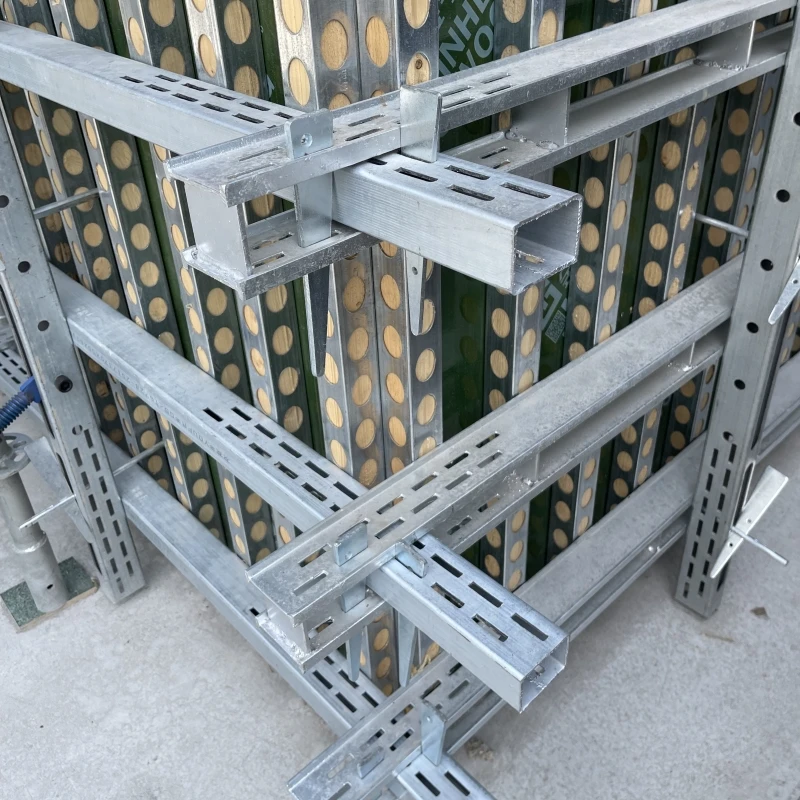
shuttering and scaffolding
Shuttering and Scaffolding Essential Components in Construction
In the realm of construction, two vital elements play a crucial role in ensuring safety, stability, and efficiency shuttering and scaffolding. Both techniques provide support and structure during various phases of building projects, yet they serve distinct purposes and require specific considerations.
Understanding Shuttering
Shuttering refers to the temporary molds used in concrete construction to hold the poured concrete in place until it cures and gains sufficient strength. It is essential for forming walls, slabs, and other elements of a building. Typically made from materials such as plywood, steel, or plastic, shuttering comes in various forms depending on the construction needs.
There are several types of shuttering systems, including conventional shuttering, which involves creating a frame from wooden planks or metal sheets; modular shuttering, which consists of pre-fabricated, standardized components allowing for quicker assembly; and flying forms, which are often used for large slab structures. Each type has its advantages, depending on the project's requirements.
Effective shuttering not only shapes the concrete but also ensures that it cures correctly. Properly designed shuttering systems are crucial to minimize wastage of materials, reduce labor costs, and enhance safety on-site. The integrity of the structure relies significantly on the quality of the shuttering, making it a critical factor in construction planning.
The Role of Scaffolding
shuttering and scaffolding

Scaffolding, on the other hand, provides a temporary support framework for workers and materials during the construction process. This is particularly important in high-rise buildings or intricate structures where access to various heights is required. Scaffolding systems can be constructed from metal, wood, or a combination of both, and are designed to allow safe movement and access throughout the building site.
There are several types of scaffolding systems, including suspended scaffolding, which is hung from a structure's roof; supported scaffolding, which is built on the ground and extends upward; and rolling scaffolding, which can be moved easily along different areas of a worksite. Each scaffold type must be selected based on the specific needs of the project, such as height, weight, and accessibility.
Safety is paramount in scaffolding design. It is critical that scaffolding systems comply with local regulations and standards, ensuring that they can support the weight of workers and materials, resist environmental factors like wind, and offer safe access points. Regular inspections and maintenance are also necessary to ensure that the structures remain safe throughout the construction process.
The Interconnection of Shuttering and Scaffolding
While shuttering and scaffolding serve different purposes in construction, they are interconnected and often used simultaneously. Scaffolding provides a safe working platform for workers to install and manage shuttering. Moreover, as concrete is poured into the shuttering forms, scaffolding ensures that the work is conducted safely for workers at varied heights.
In conclusion, understanding the roles and importance of shuttering and scaffolding in construction is vital for successful project execution. Both elements contribute significantly to the safety, efficiency, and structural integrity of buildings. As construction techniques evolve, the development of innovative shuttering and scaffolding systems continues to enhance the performance of construction projects, ultimately leading to safer and more effective building practices. Investing in high-quality shuttering and scaffolding not only protects labor but also ensures that projects are completed on time and within budget, paving the way for future advancements in construction methodologies.
-
The Importance of Reinforcement Bar in ConstructionNewsJul.11,2025
-
The Durability of Timber Steel FurnitureNewsJul.11,2025
-
How to Assemble Fixed Clamp Scaffolding SafelyNewsJul.11,2025
-
Essential Column Rebar Specifications for High-Rise BuildingsNewsJul.11,2025
-
Common Applications of Steel Keels in ConstructionNewsJul.11,2025
-
Benefits of Using Aluminum Scaffolding Ladders Over SteelNewsJul.11,2025
-
Stainless Steel Keel: Analysis of the Triple Advantages of Rigidity, Stability, and LightweightNewsJun.19,2025










